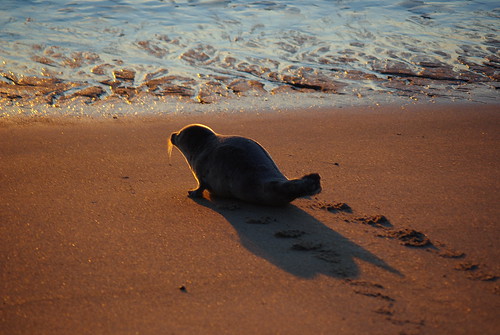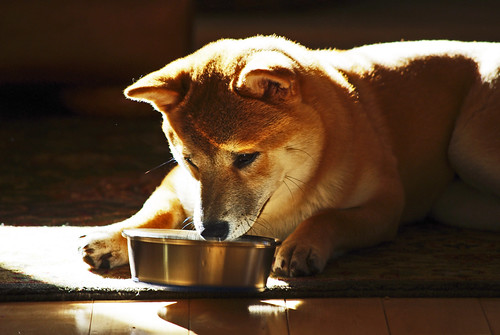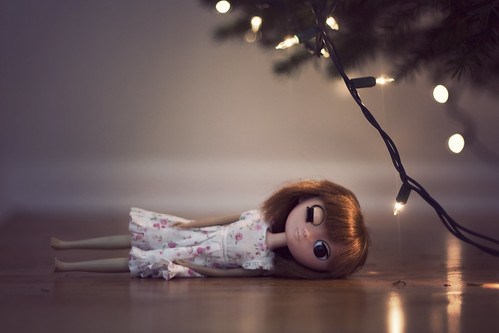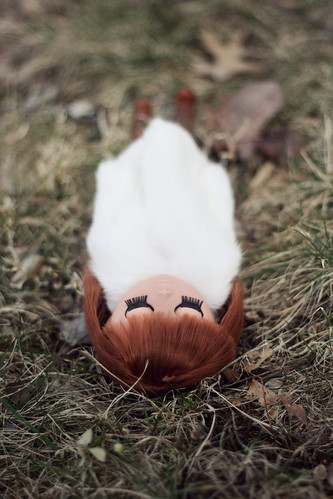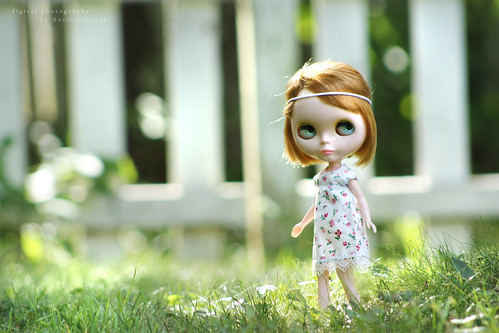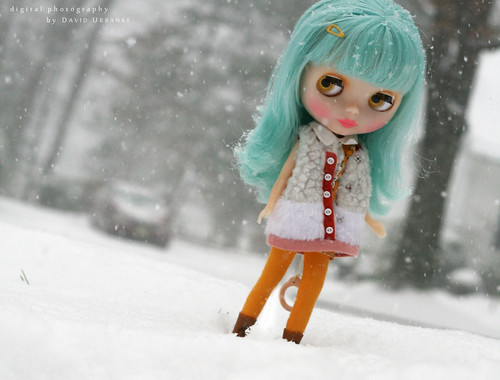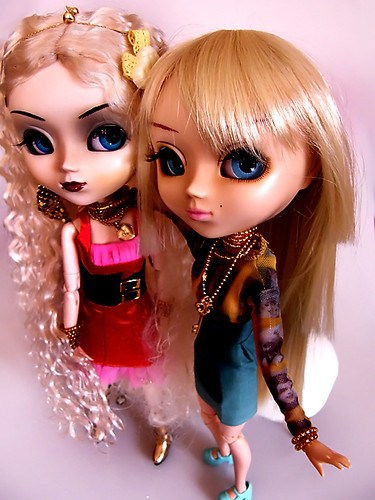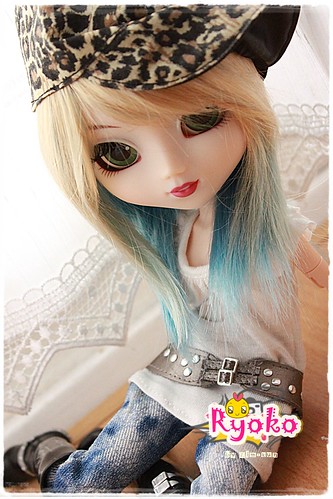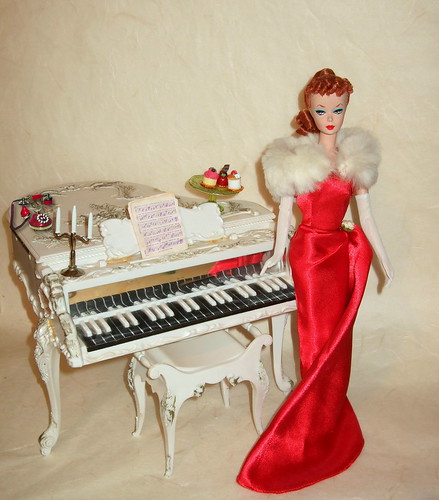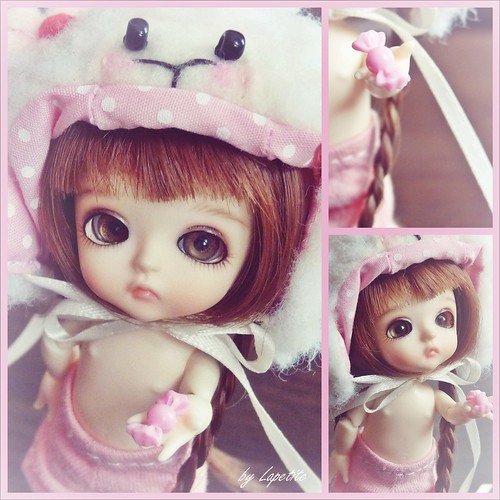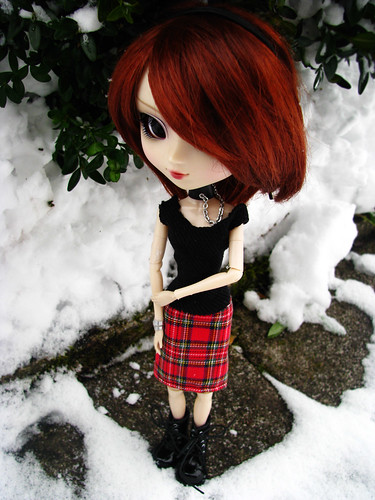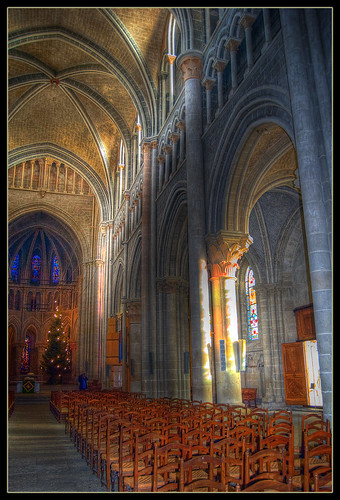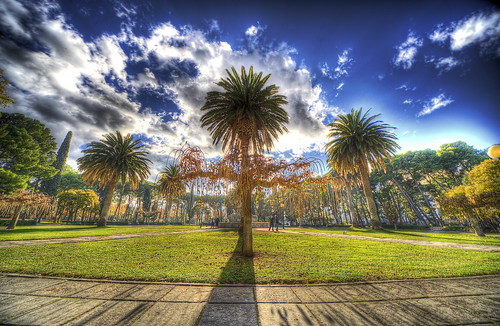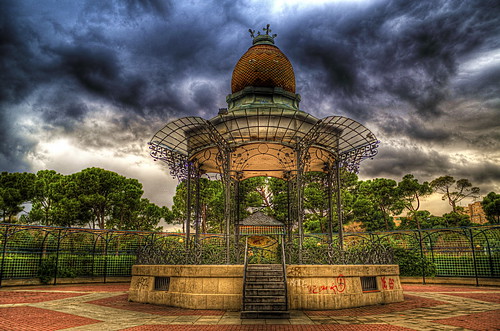A pin-up girl, also known as a pin-up model, is a model whose mass-produced pictures see wide appeal as popular culture. Pin-ups are intended for informal display. Pin-up girls may be glamor models, fashion models, and actresses.
The History of Pin-Up Art
Prehistoric man obviously had some degree of veneration for the female form, judging by Paleolithic sculptures of well endowed women. Anthropologists are unsure if they symbols of fertility or erotic talismans passed around by horney hunters. These Venuses served a need or the common good somehow, even if they don't follow our strict definition of pin-up...
Ancient Greeks were unashamed by modern standards in acceptance of the nude figure. The original Olympics were contested by naked athletes. Male athletes. Still, there are many examples of Hellenic Godesses, all in fashionable dishabille. The Greek Gods also had a tendency to interact with mere mortals in many carnal stories. Depictions of these sorts of encounters call for a degree of audience participation, understanding and involvement.
In Pompeii and the Roman world, erotic art was woven into the fabric of everyday life. Frank sexual depictions were found in public marketplaces, murals and sculptures. Once Christianity became the official religion of the state under Emperor Constantine in the Fourth Century, immoral 'pagan' imagry was banished and driven underground. Thus, unless you have a fetish for Mary Magdeline, the Dark Ages had begun. Beyond religious artifacts and decorative arts, there was scant representation of sacriligious pleasures of the flesh during Medieval times.
When a merchant class could support artists instead of just The Church, a new definition of feminine beauty could be commissioned. With municipal buildings and private villas to decorate in the city states of Italy, the myths and historical figures of ancient Rome provided ample material. Leda and the Swan, the birth of Venus and other fables provided convenient excuses to display comely nudes. All facets of science and secular humanism were brought to bear in creating the great body of works known as the Renaissance. Such classical values were imparted by Da Vinci (1452-1519), Michaelangelo (1475-1564), Titian (1485-1576) and others.
In Europe during the 1800s, there were movements to escape the excesses of the Baroque and Rococo periods and return to classical simplicity. Neoclassicism was formalized in Europe as an outgrowth of Academic Art and again the popular characters from the past were represented by mostly nude models, such as Paul Thurman's 'Psyche'. Orientalists could display nude alegorical figures in lush exotic settings without reproach. An odalisque, or harem concubine was a popular subject. Also in the 19th Century, Classicism was taken to an extreme by the English movement called the Pre-Raphaelites. While their strict adherence to Renaissance styles did not last long, their works were very influential on the Golden Age of Illustration.
Early American influences in magazine and print illustration include Howard Pyle (1853-1911), his Brandywine school and students such as N. C. Wyeth (1882-1945), Harvey Dunn (1884-1952), Frank Schoonover (1877-1972) and Maxfield Parrish (1870-1966). Dean Cornwell (1892-1960), John La Gatta (1894 - 1976) and Andrew Loomis (1892-1959) were also major forces in magazine and advertising illustration. The Arts and Crafts and decorative Art Nouveau movements in Europe also contributed to the artistry and styles of the times.
What good is a work of art if only a select few can view it? The middle ages offered illuminated manuscripts, available only to wealthy patrons. Even the development of printing didn't democratize illustration because of the small scale and painstaking process in producing graphics. The intersection of economics and technology would provide an improved means of distribution over the last two centuries. Lithography was invented in the end of the Eighteenth Century. The birth of photography soon after provided new techniques for printing and the adoption of the offset method at the turn of the twentieth century allowed for larger, faster and better quality print jobs. Once printed materials were available to a vast public, the Golden Age of Illustration was said to begin.
The Golden Age is conveniently placed from 1880 to 1920, although there are arguments which can take it from the end of the Civil War until World War Two. The development of economical high speed printing and an increased literacy built a tremendous audience for the only available forms of mass communications at the time: Books, papers and magazines. Publishers and later advertising agencies competed for the services of those artists, such as Norman Rockwell (1894-1978) who could generate memorable images for mass consumption, oftentimes on strict deadlines.
Following the War, the realistic end of the spectrum was consigned to photographs of varying quality. With such a glut of magazines to fill, skilled photographers and attractive models were in short supply. The art world was overtaken by the Abstract Impressionists, a style that is not condusive to the pin-up genre!
If art can be said to hold up a mirror to society, then the pin-up occupies a particular place of honor in modern art, particularly that of the latter half of the Twentieth Century. Prior to that, Duchamp and dadists explored the concept of what constitutes art. A painting of a pipe, a 'fountain' made from a urinal and other works challenged the role an artist played in relation to the world around themselves.
Provocative images, particularly used in advertising, were on the blade's edge between sex and commerce. As consumerism rose, particularly after World War II, the icon of pitchwoman was particularly ripe for lampooning.
The Pop (for Popular) Art revolution had begun. Drawing on atavistic figures like Marilyn Monroe or an anonymous sex symbol, reality is processed and packaged up
Since such artists' work is exhibited in museums, galleries and coffee table books, they do not strictly pass the test for mass-produced pin-up designation. Still, their very existence proves how durable an architype the pin-up model is.
Additionally, there are several contemporary artists such as Nagel, Kacere and Koons who reassert what it is to take command of their media and use a photorealistic or painterly approach.
A pin-up girl is a woman whose physical attractiveness would entice one to place a picture of her on a wall. The term was first attested to in English in 1941; however the practice is documented back at least to the 1890s. The “pin up” images could be cut out of magazines or newspapers, or be from postcard or chromo-lithographs, and so on. Such photos often appear on calendars, which are meant to be pinned up anyway. Later, posters of “pin-up girls” were mass-produced.
Many “pin ups” were photographs of celebrities who were considered sex symbols. One of the most popular early pin-up girls was Betty Grable. Her poster was ubiquitous in the lockers of GIs during World War II. Others pin-ups were artwork, often depicting idealized versions of what some thought particularly a beautiful or attractive woman should look like. An early example of the latter type was the Gibson girl, drawn by Charles Dana Gibson. The genre also gave rise to several well-known artists specializing in the field, including Alberto Vargas and George Petty, and numerous lesser artists such as Art Frahm.
These days men can be considered “pin ups” as well and there are male equivalents of attractive and sexy actors such as Brad Pitt or numerous male models. The counterpart term to “cheesecake” is “beefcake”.
Jay Scott Pike - Vintage Pin Up Arts
Howard Connolly (1903 – 1990
Edward Runci Gallery
Alberto Vargas (1896 - 1982)
From the time Esquire first introduced America to the VargaS Girl in 1940, the name Vargas has been synonymous with pin-up and glamour art.
Drew Posada was a pioneering digital colourists and his rich, exotically themed pin-up art reflected his earlier comic book work.
Billy De Vorss
